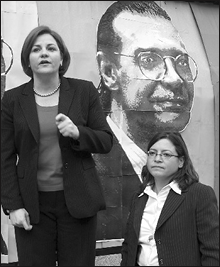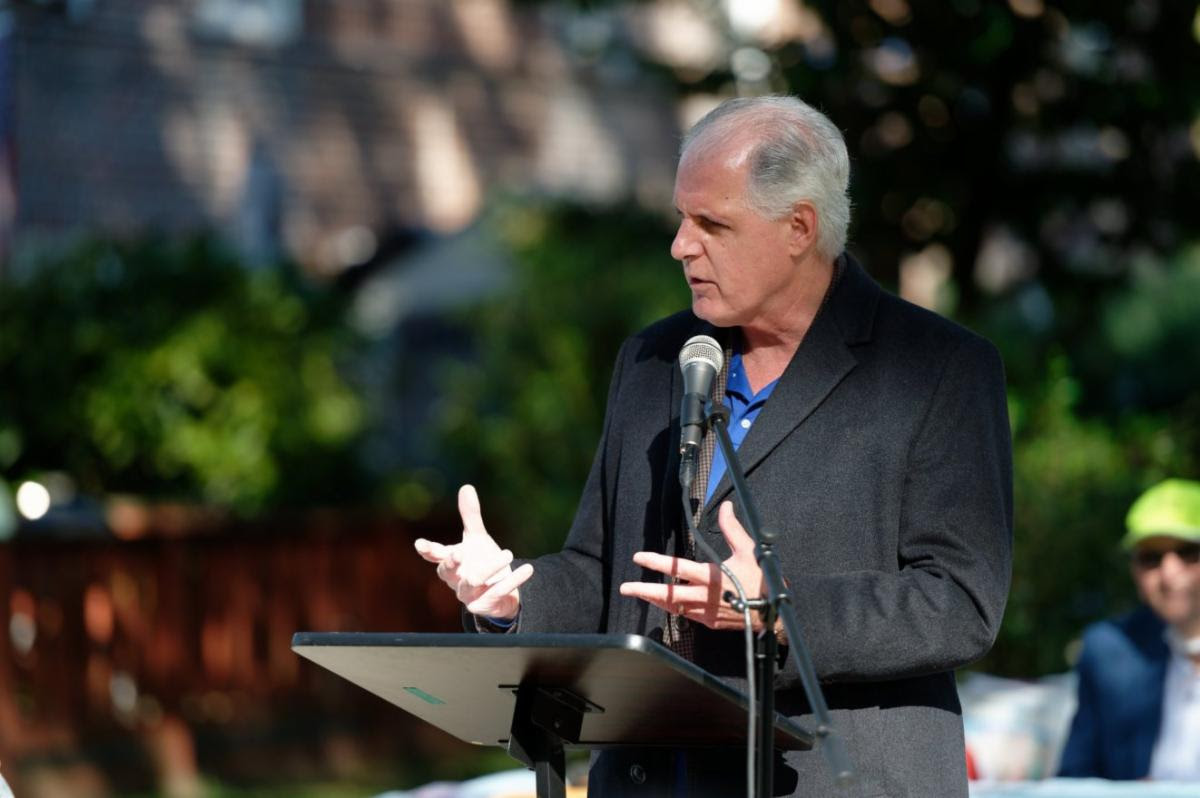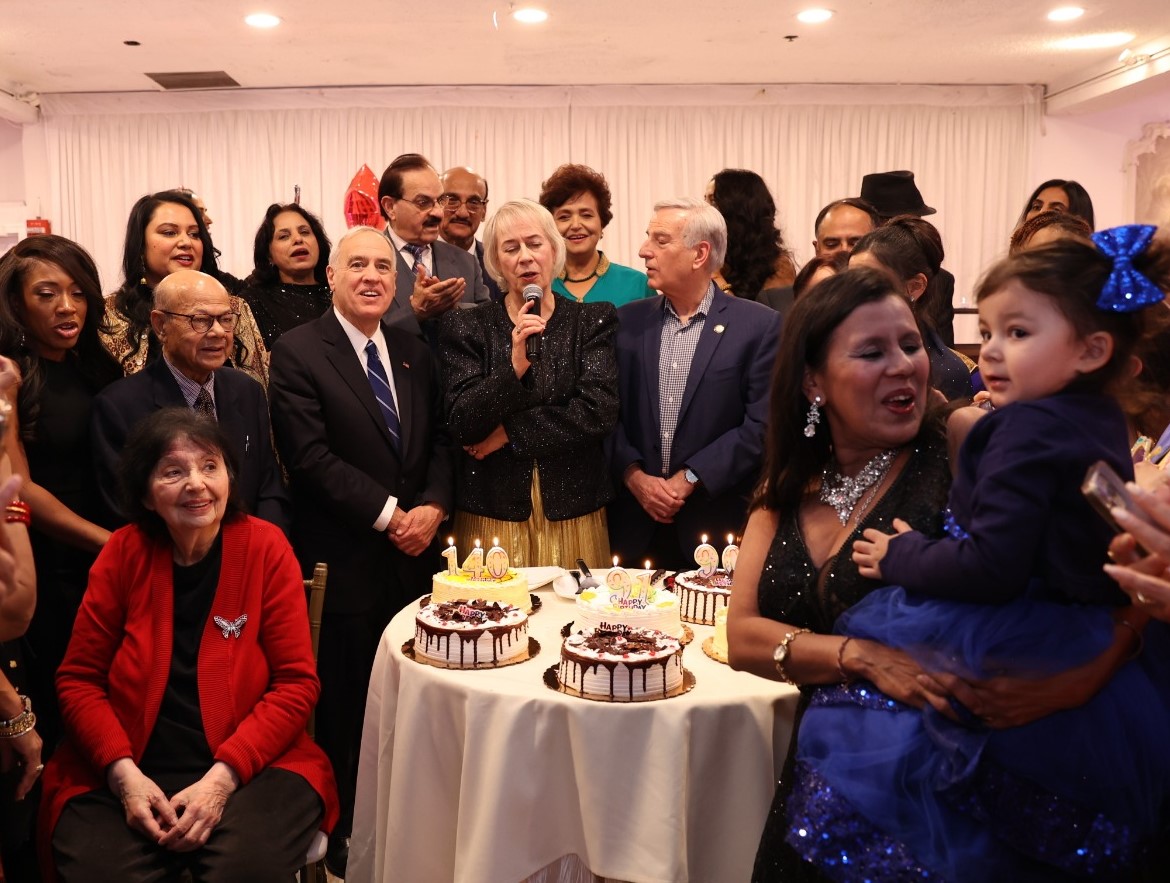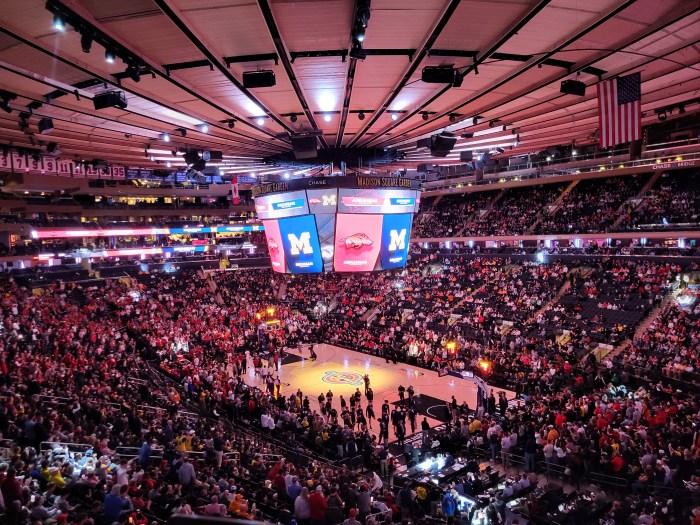By Michael Rosen and Andrew Berman
To The Editor:
On May 29, a New York State Appellate Division court ruled that the Department of Buildings cannot require a 10-year lease to be in place between a university and a private developer as a condition for the developer to be granted a construction permit to build a dormitory. Dormitories fall under the “community facility use” of the zoning code, which in parts of the city, such as the Lower East Side, Loisaida and East Village, enables a building to be nearly 90 percent larger and much taller than residential zoning allows. Dormitories were once owned by universities. But particularly in urban settings, universities have come to lease dormitory space from private developers.
The Department of Buildings, the Board of Standards and Appeals and New York State Supreme Court all ruled that the current owner of old P.S. 64 — the former CHARAS/El Bohio community center, at 605 E. Ninth St. — needed a 10-year lease in place with a university before the owner would be granted a permit to build a dormitory — before the owner would be granted the nearly 90 percent community facility bonus. Gregg Singer, the owner, failed to produce a lease when he applied to build a 19-story dormitory, the bulk of the new building to be built by destroying the northern part of old P.S. 64, now a New York City landmark. Without a long-term lease in place guaranteeing that a building will be used as a dormitory, the city apparently asked itself, What separates a newly constructed building stated to house students from a newly constructed residential building? The answer: Nothing does. Should a developer be allowed a 90 percent size bonus by saying a building is a “dormitory” if the developer cannot prove an institutional nexus by producing a 10-year lease? No.
In a close three-to-two decision the Appellate Division judges ruled otherwise.
In 1961, when the current zoning code was enacted, much of our neighborhood was defined as a low-rise R7-2 zone. Residential buildings were allowed to have an floor-to-area ratio, an F.A.R., of no greater than 3.44, meaning that the square footage of the building was not allowed to be more than 3.44 times the size of the land. But communities need social services; so facilities like hospitals, doctors’ offices, university buildings, such as student dormitories, in low-rise R7-2 zones were allowed to be built to an F.A.R. of 6.5 — 88.95 percent larger than the residential buildings around it. This substantial community facility bonus was intended for the community’s health and well-being. The Appellate Division court, however, ruled that the city cannot require a lease to be in place prior to granting a building permit. It’s apparently the city’s responsibility to police the use of a building after construction, initially by denying a certificate of occupancy if the owner does not have a lease, and subsequently through ongoing inspections. But the city isn’t able to do so.
The Department of Buildings does not even have sufficient staff to review and certify construction applications. It relies on architects self-certifying their plans — a practice rife with abuse and subject to substantial criticism. The department does not have sufficient staff to investigate certificate of occupancy and ongoing use issues. For example, a developer on Spencer St. in Bedford-Stuyvesant filed plans with the Department of Buildings for “teacher housing,” at a time when that use was still considered a community facility use similar to dormitory housing. The developer was granted permission to construct five nine-story buildings, twice as large as conventional residences on the block. The developer then filed a condominium plan with New York State to sell 72 apartments, and was granted a temporary certificate of occupancy by Buildings. Buyers closed on their apartments, but have been trapped since the switch of use came to the attention of Buildings. Buildings is reportedly close to an agreement to grant a final certificate of occupancy, leaving the buildings at their current height and the developer with a profit from playing with the zoning code — and the community will live with buildings much larger than allowed. The penalty for illegally occupying a building without a certificate of occupancy is $800. The owner of 515 E. Fifth St., in our neighborhood, was served with a violation on Dec. 5, 2006, for occupying the sixth floor and penthouse without a valid certificate of occupancy. Terror apparently was not struck into the owner’s heart: The owner didn’t show up at the violation hearing, and apparently is not trying to bring the building into compliance with Buildings’ approved plans. How many thousands, if not tens of thousands, of units in New York are occupied in violation of the neighborhood’s zoning code and/or their buildings’ certificates of occupancy? Think of the artist-in-residency law governing Soho and people living in commercial lofts in Brooklyn. In another example, 81 E. Third St. was given a community facility bonus to build a dormitory. The building is 15 stories on a block of four-, five- and six-story buildings. The owner eventually entered into a 10-year lease with New York Law School, which may be cancelled after five years (about four years from now). If the lease is cancelled, it’s ridiculous to expect the city to police the use of that building for decades to assure it’s being used as a dormitory. It’s not unreasonable to assume that the building, in private hands, will eventually be used as a rental apartment building, and perhaps as a condominium. The profit incentive for the developer is quite high and the ability of the city to police use is low. Given the Appellate court’s ruling, developers of hotels and other commercial buildings in neighborhoods with substantial community facility bonuses might refile their plans as dormitories, which allow for full-sized kitchens and possibly additional F.A.R. Once these buildings are completed, the developers might enter 10-year leases with universities, even with five- or nine-year cancellation clauses. After the leases end, there is slim to no chance that the Department of Buildings will police the buildings’ use — 18-story towers in neighborhoods of four-to-six-story buildings will be converted to luxury rental or condominium apartment buildings. On the other hand, the owners have little legal impediment from occupying their buildings without certificate of occupancies, as in the case of 515 E. Fifth St. New York City will appeal last week’s Appellate court decision. Buildings stated that a dormitory is not a dormitory without a school affiliation — that additional F.A.R. should not be granted without a school lease. Buildings has the right to make that interpretation as much as it has the right not to approve plans without windows in bedrooms or to insist that bathrooms be A.D.A. complaint. The DiMilia case and other court decisions correctly assert that the Department of Buildings cannot withhold plan approval based on speculation that a building might be used for some other purpose. However, there is no speculation in the case of a dormitory. A building is not a dormitory, and no extra F.A.R. should be granted, until a nexus with a school is in place via ownership or a lease. A dorm without a university affiliation should no more be approved than a residential building without two means of egress or a new high-rise office tower without sprinklers. If the moment of issuing a certificate of occupancy is the time to enforce zoning and building codes, why bother approving plans in advance of construction at all? The First Department Appellate decision logically leads to the conclusion that developers should be able to build whatever they want, with Buildings then being limited to withholding a certificate of occupancy after construction. When it’s heard by the Court of Appeals — the state’s highest court — the old P.S. 64 case will hopefully be decided as the Board of Standards and Appeals and the New York State Supreme Court did previously. Whatever the outcome, the community facility bonus must be eliminated — just as the current rezoning plan for our community calls for. Until this happens, developers’ economic interests and the community’s interests are at such odds, and the resources of the city so scarce, that requiring a long-term lease with a university before issuing a building permit is the only reasonable course to ensure civility. Even a 10-year lease isn’t sufficiently long — and certainly not a lease with cancellation clauses. A 20-year lease should be required, what amounts to a capital versus a financial lease — but that’s an argument for another time. Rosen is a member, Steering Committee, East Village Community Coalition; Berman is executive director, Greenwich Village Society for Historic Preservation.





































